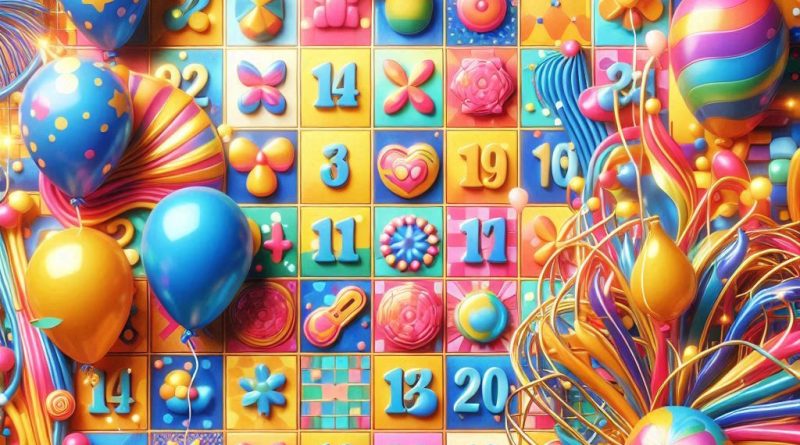6 Most Interesting Bingo Facts
Undoubtedly, bingo has remained one of the best games til date and even now continues to entertain its fans on
Start to win at bingo and online bingo. Find out the best bingo bonus on the web.

Start to win at bingo and online bingo. Find out the best bingo bonus on the web.


The popular misconception regarding the game of Bingo states that to win, you only need sheer luck. However, the truth is that Bingo is a game of chance, which means that the outcome is subjected to the laws of probability.